
Condor
Condor
Condor
Do you know the condor, a giant bird that lives in the Andes Mountains and grows up to 3m in size? Even if you have never seen a condor in person, many of you may know the song "The Condor Goes Flying". The condor is considered a very sacred creature to the indigenous peoples of the Andes. They are designated as national birds of Ecuador, Colombia, and Chile, and appear in Andean mythology. Take a peek at the characteristics and secrets of the world's largest flying bird, the condor, in this article!
Condor Basic Infomation
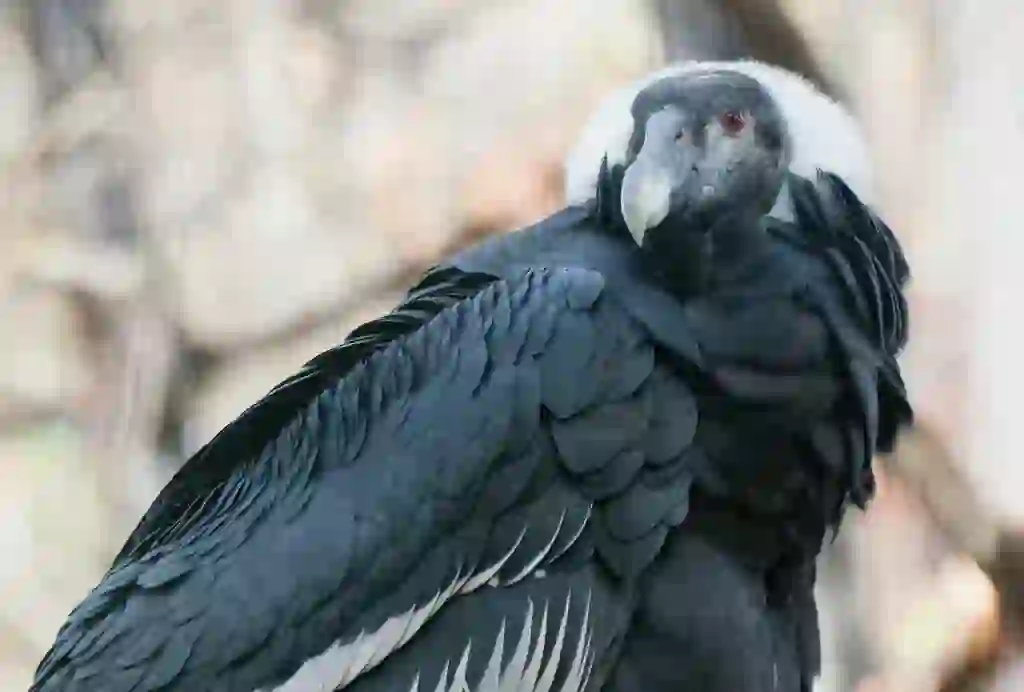
Aves-Accipitriformes-Cathartidae.
Length:100~130cm. Weight:male11~15kg female 8~11kg.
The condor is a large bird that belongs to the vulture family and is native to the Andes Mountains in South America (Venezuela, Chile, Peru, etc.). It is one of the largest birds that can fly and can have a wingspan of over 3m.
One of the major characteristics of the condor is that it has almost no feathers on its head and neck.
In addition, when it becomes an adult, it grows white cotton-like feathers around its neck like a collar, and males have a large fleshy crest from birth. The feathers of the condor are mostly black, but white feathers grow at the tips of its wings.
Unlike most birds, the condor has a well-developed sense of smell and has very large nostrils. It is known that the nostrils on both sides are connected. The condor uses this sharp sense of smell to find food.。
The condor reaches sexual maturity at about 6 years old and can breed. The breeding season is once a year, and the nest is built at an altitude of 3,000 to 5,000 meters. The female lays one egg per clutch and incubates it for about 54-58 days. The chick is covered with beige feathers all over its body and has a completely different color from its parents.
Condor Q&A

Where does the name condor come from?
This time, I researched the origin of the name of the condor, but unfortunately I could not get any clear information about the origin or etymology. By the way, the scientific name is expressed as "vultur gryphus".
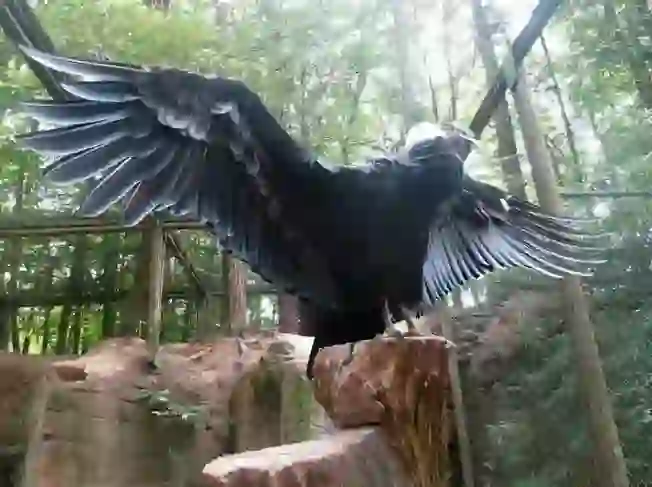
Why do condors live there?
The condor is native to the Andes Mountains in South America (Venezuela, Chile, Peru, etc.). Although we conducted a survey this time, it is still unclear why the condor inhabits these areas.
However, it is speculated that the Andes Mountains are a comfortable environment for the condor for the following two reasons.
The first reason is "food."
There are many animals called “scavengers” that eat dead animal flesh, such as vultures, hyenas, and jackals. Basically, animal bodies do not rot as long as they are alive.
However, when an animal dies, the watery organs rot quickly and the meat also rots. Then, various bacteria breed in the rotten organs and meat, and insects such as maggots and cockroaches gather, making the environment unsanitary.
Therefore, scavengers are important. When scavengers eat dead flesh, the speed at which the body returns to nature becomes faster and the environment is kept sanitary.
The condor played a role in scavenging in the Andes Mountains, and it is speculated that the Andes Mountains were a good environment for the condor to exclusively eat dead flesh.
The second reason is "updrafts."
The condor is actually too heavy to flap its wings like a normal bird and float in the air. To fly in the sky, the condor needs to use "updrafts" that occur on mountain slopes.
In fact, the condor uses strong updrafts in the Andes Mountains to fly for long periods of time and long distances with little flapping. When searching for food, the condor can travel up to 250km per day.
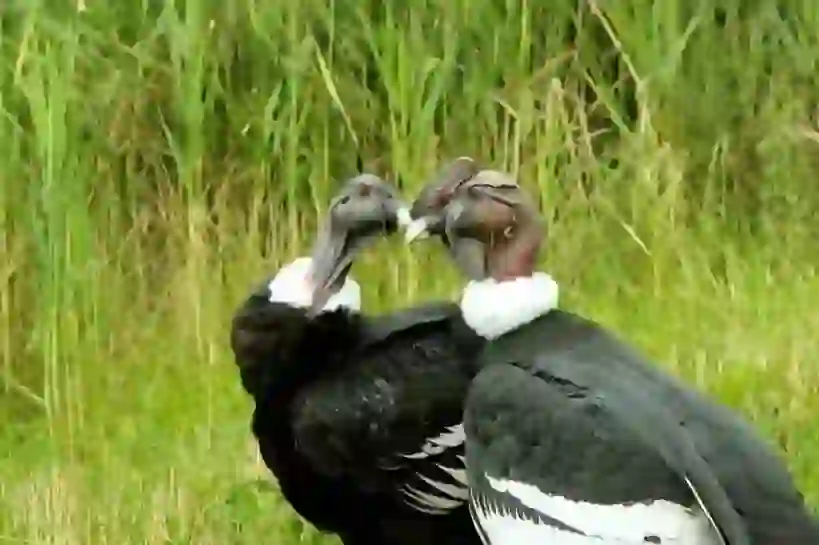
What do condors eat?
The condor is a carnivorous animal and mainly eats animal carcasses (large land mammals, sea mammals, livestock, etc.) in the wild.
The condor is a bird of prey that eats the meat of animals such as hawks and eagles. However, the condor’s beak and claws are not suitable for catching prey or tearing meat.
Therefore, although it occasionally catches weakened livestock or bird chicks and eats eggs, it rarely hunts on its own.
By the way, the condor makes a hole in the skin of a carcass with its beak and eats its contents.
However, if the skin is too hard to make a hole, it is said that it sticks its beak into its anus and eats its contents. Finally, all parts except for bones are eaten and the environment of the Andes Mountains is kept sanitary.
By the way, in zoos, they eat fresh meat and fish such as chicken heads, horse meat, and horse mackerel instead of rotten meat.
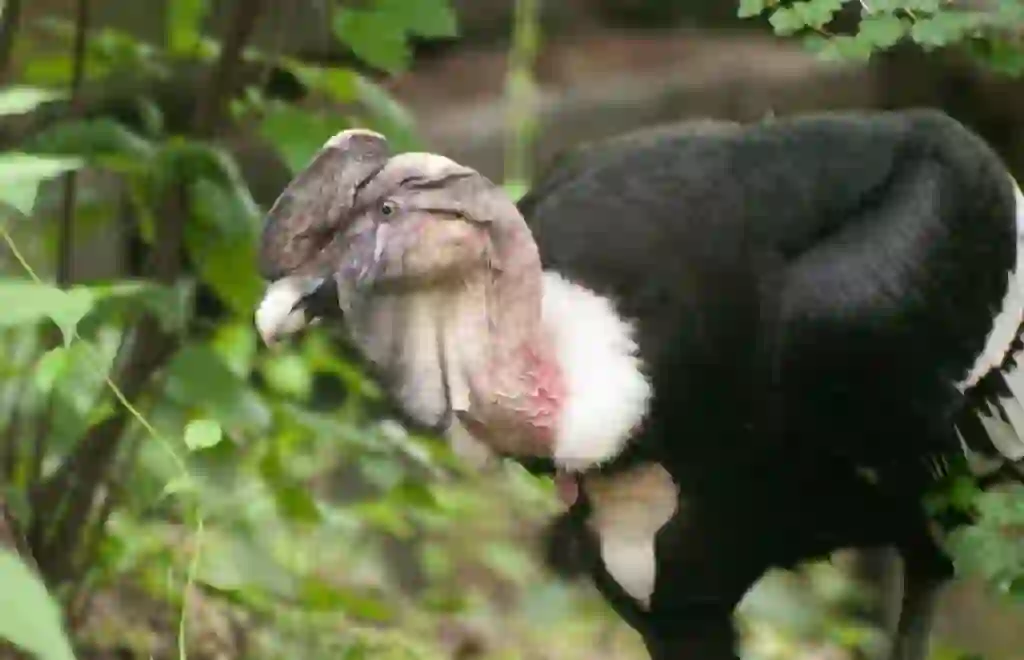
Why don't condors have feathers on their heads?
If you are asked about the characteristics of an condor, many people may imagine a bald head that looks like it has no feathers.
So why doesn’t the condor have feathers on its head? The answer can be found by observing how the condor eats.
The condor is an animal that eats animal carcasses. When eating, it sticks its face into the animal carcass, so its face inevitably gets blood and rotten organs on it.
Yes, if the condor had feathers on its head, it would be more likely to get dirty with blood and organs and become unsanitary. However, because the condor does not have feathers on its head, it has a mechanism that is less likely to get dirty and less likely to breed bacteria.
It is also believed that the condor directly exposes its skin to sunlight to sterilize it.

Is it true that condors don't get food poisoning by eating rotten meat?
As explained in "What do condors eat?", condors mainly eat animal corpses.
However, animal carcasses are often rotten, and many of them are in a state where normal animals would destroy their stomachs if they ate them. Humans also get food poisoning when they eat rotten food, so why is it okay for condors to eat rotten meat that is not even in the refrigerator?
The fact is that the secret is hidden in the digestive organs of the condor.
Animal carcasses contain powerful toxins produced by many bacteria such as charcoal fungi and Clostridium bacteria.
If other animals eat these bacteria or toxins, they will get food poisoning. However, the digestive organs of condors that have evolved to eat dead meat either sterilize these bacteria or allow them to live in their digestive organs.
It seems that hyenas and vultures, which are also scavengers, have strong digestive organs like condors.

What kind of personality does the condor have?
Although there are individual differences, condors seem to have a gentle personality, curiosity, and intelligence.
Some of the animals kept in zoos come close to the zoo when feeding or working, and observe the movements of the keepers.

What is the difference between a condor and a vulture?
By the way, do you know an animal called a "vulture"?
Like the condor, vultures are large birds that mainly eat carcasses and do not have feathers on their heads. So what is the difference between a "condor" and a "vulture"?
The condor, the protagonist of this article, is an animal of the condor family of the hawk order and inhabits the Andes Mountains in South America.
On the other hand, the vulture is an animal of the hawk family of the hawk order and inhabits southern Europe, Central Asia, Tibet, Mongolia, northeastern China, and other areas.
On the other hand, the vulture is an animal of the hawk family of the hawk order and inhabits southern Europe, Central Asia, Tibet, Mongolia, northeastern China, and other areas.
In other words, the condor and the vulture are animals that have similar food and appearance, but are classified and inhabit different areas.
Despite the difference in the lineage of the species, animals that have similar appearance or body shape are called "convergent evolution."
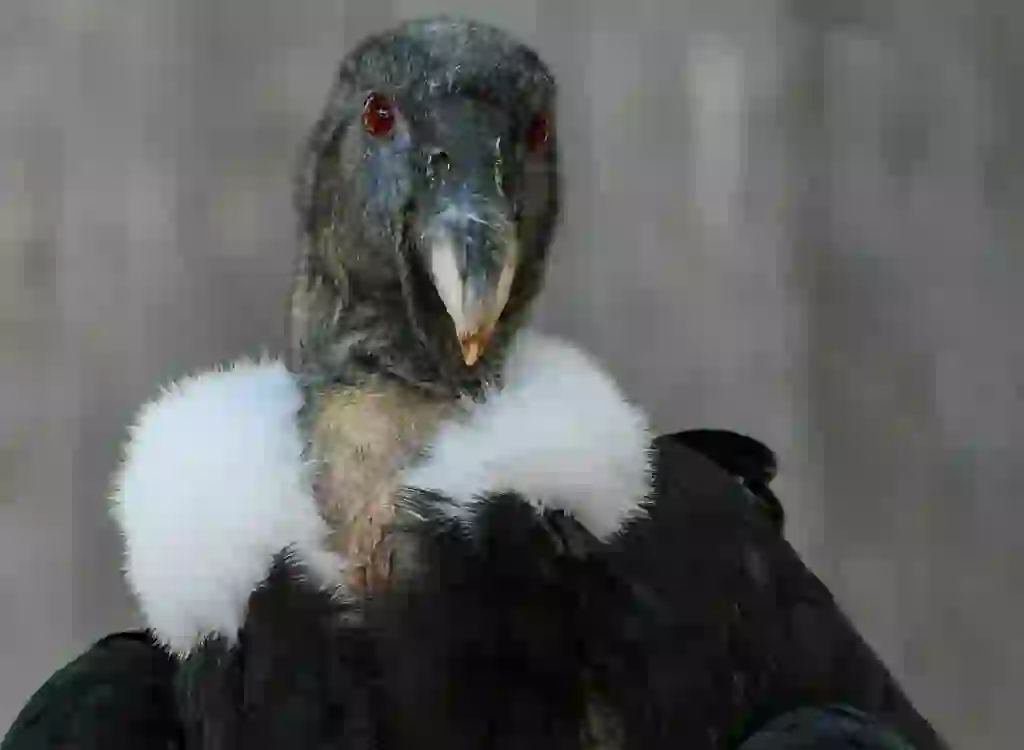
Can condors be kept as pets?
When breeding rare animals at home, it is necessary to follow the established laws in some countries. This time, we will introduce whether it is possible to breed condors at home in Japan.
Condors are designated as “specified animals” that may pose a risk to human life and property under Japanese law. Since June 1, 2020, it has been completely prohibited to keep specified animals as pets for the purpose of keeping them as pets, so it is not possible to keep condors as pets in Japan.
By the way, only three species of condors are designated as specified animals in the Condor family the california condor, the king vulture, and the condor. Therefore, there is a possibility that other species (such as the turkey vulture) can be kept as pets.
However, it is not easy to keep condors as pets because they are large and originally wild animals.
If you really want to keep a condor, study about condors well, prepare a space of a size where the condor can spend time comfortably, and find an animal hospital or veterinarian who can examine and treat the condor before you bring it home.
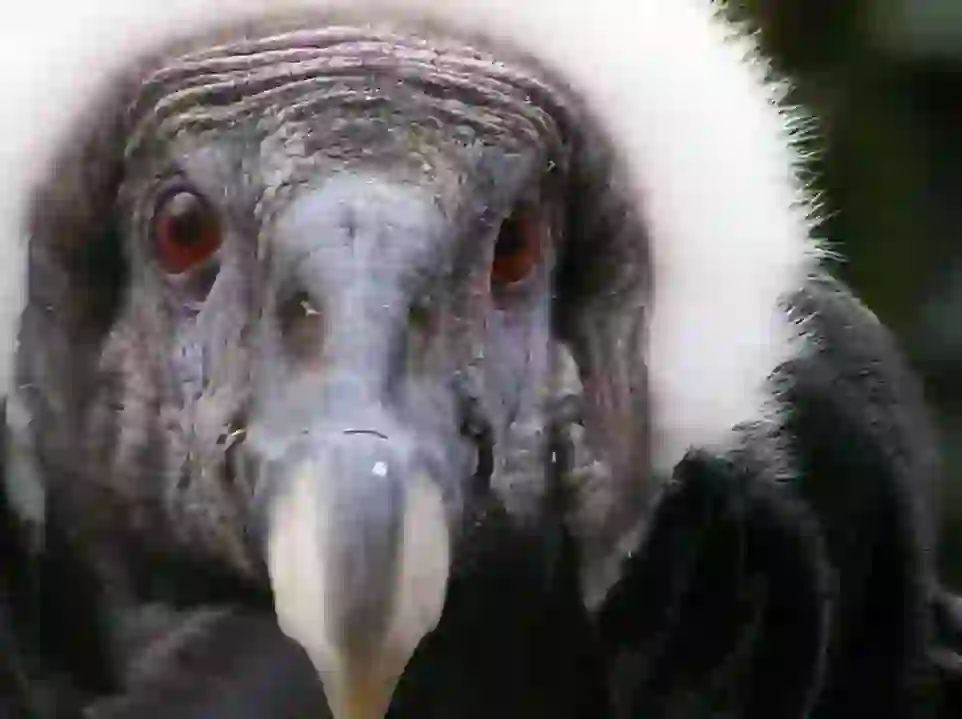
Are there any places to see condors in Japan?
Condors are kept in many zoos such as "Nogeyama Zoo" in Kanagawa Prefecture, "Shizuoka City Nihondaira Zoo" in Shizuoka Prefecture, and "Tennoji Zoo" in Osaka Prefecture.
As part of the zoo event, there is a "carcass feeding" where deer and wild boars that have been exterminated as harmful animals are given as a whole to the condor as food. It may be a valuable opportunity to observe how condors eat meat.
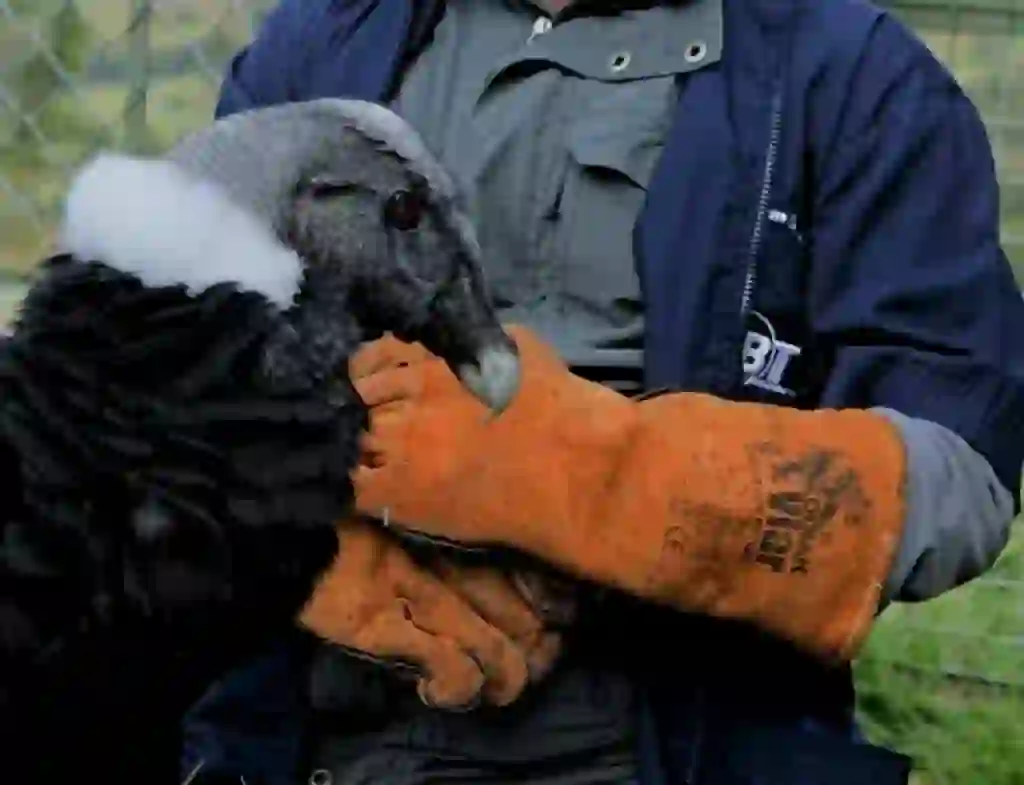
What is the lifespan of a condor?
The lifespan of a condor is very long, and it is said that they can live for as long as 50-70 years.
Although many bird species are known to live long lives, it is unclear why condors live so long.
It may be related to the fact that animals generally have longer lifespans as their bodies get larger and shorter lifespans as their bodies get smaller. It may also be related to the fact that condors consume less energy when flying than other birds.
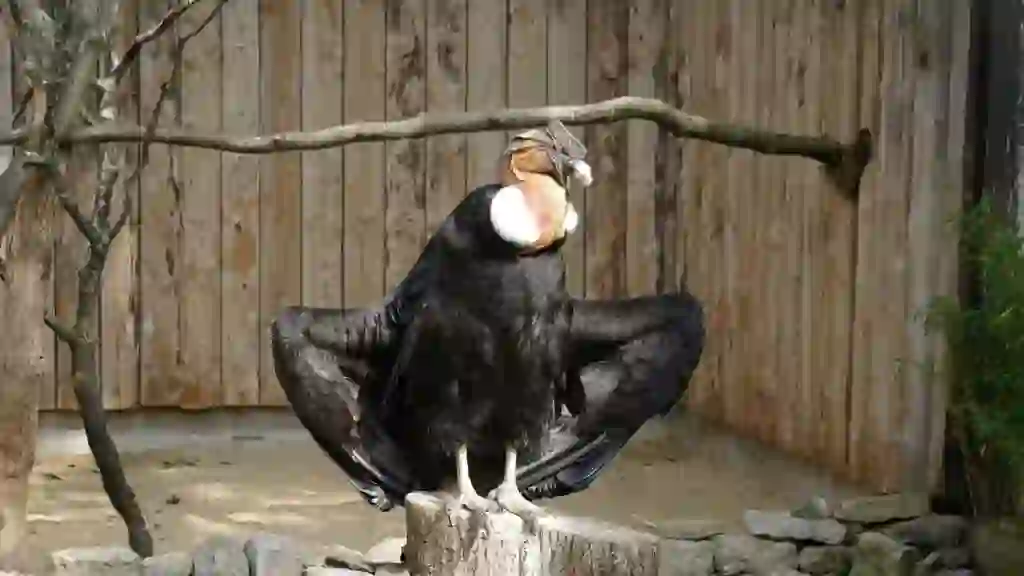
What enemies does the condor have?
For the condor, the greatest enemy is us humans.
Because in the areas where condors live, they sometimes attack weakened livestock (such as sheep and goats) due to illness or injury, and are sometimes poisoned along with carnivorous animals such as foxes and pumas.
Condors are animals that lay only one egg per breeding and have a very slow breeding speed. Therefore, if even one condor of breeding age is killed, it can have a significant impact on the number of condors living in the area.
Such condors are classified as "vulnerable species (VU)" on the Red List of the International Union for Conservation of Nature (IUCN), which is a species at increasing risk of extinction, and "Annex II" as a species that is not necessarily threatened with extinction but is threatened with extinction if trade is not regulated.

Would you like to become a part of the 'Animalbook.jp'?
Turn your knowledge into Q&A and share it with the world. ※Publication will be activated after purchase. Let's share information together!
Condor Type of List
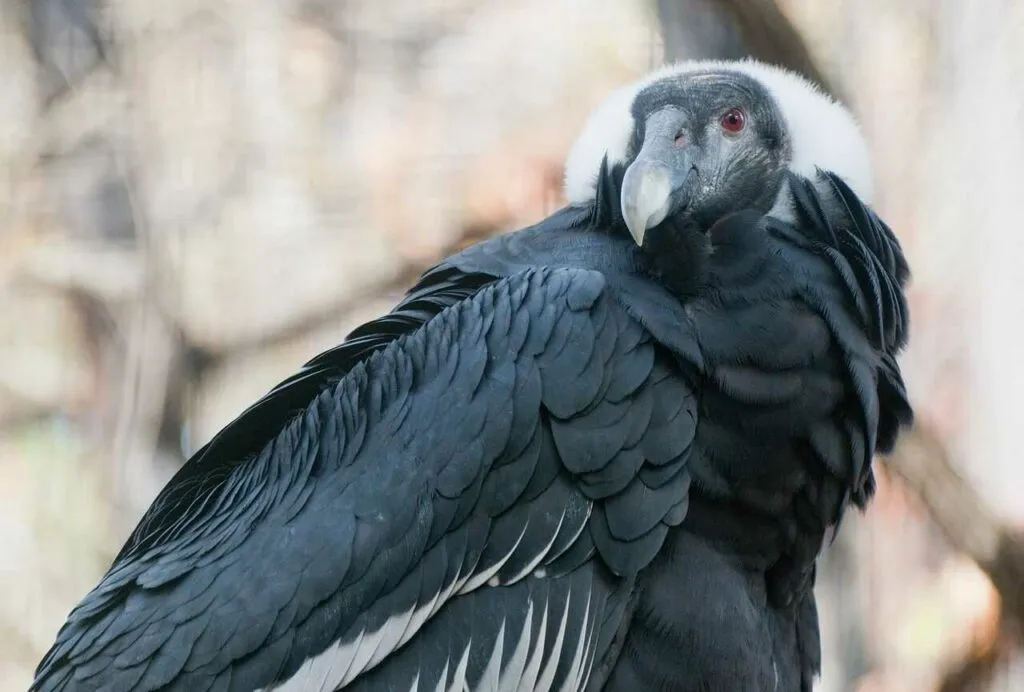
- Condor
Information
Congratulations! You are the first commenter!

Create Your Favorite List!
Condor
Save the animals you love! Build your own list to quickly revisit your favorites later.

Would you like to leave a comment?
※Please note: This is for the purchase of rights to post comments within the article.
Find Your Favorites!
Our shop offers a unique and attractive selection of goods themed around various animals.
Condor References

- 静岡市立日本平動物園「コンドル」 https://www.nhdzoo.jp/animals/naka.php?animal_uid=220
- 公益財団法人 つくば科学万博記念財団「コンドルはほとんど羽ばたかずに飛んでいた!!」 http://www.tsukuba-sci.com/?column02=コンドルはほとんど羽ばたかずに飛んでいた
- 一般社団法人バードライフ・インターナショナル東京「アンデスコンドルのために毒薬を使用中止に」 https://tokyo.birdlife.org/archives/world/14629
- 徳島市「アンデスコンドル」 https://www.city.tokushima.tokushima.jp/smph/zoo/gallery/kantai/andean_condor.html
- AFPBB News「死肉食べても食中毒にならないコンドルの謎、国際チームが解明」 https://www.afpbb.com/articles/-/3032710
- 福岡市動物園「コンドル」 https://zoo.city.fukuoka.lg.jp/animals/detail/56
- ナショナルジオグラフィック「動物大百科 コンドル」 https://natgeo.nikkeibp.co.jp/nng/article/20141218/428944/
- 札幌市円山動物園「アンデスコンドル」 https://www.city.sapporo.jp/zoo/b_f/b_03/db342.html
- 那須どうぶつ王国「アンデスコンドル」 https://www.nasu-oukoku.com/animals/farm/forestraptor/andean-condor.html
Condor Introduction of media used

出典:https://pixabay.com/images/id-218099/

出典:https://unsplash.com/photos/XRW0ryFeizI

出典:https://pixabay.com/images/id-2851650/
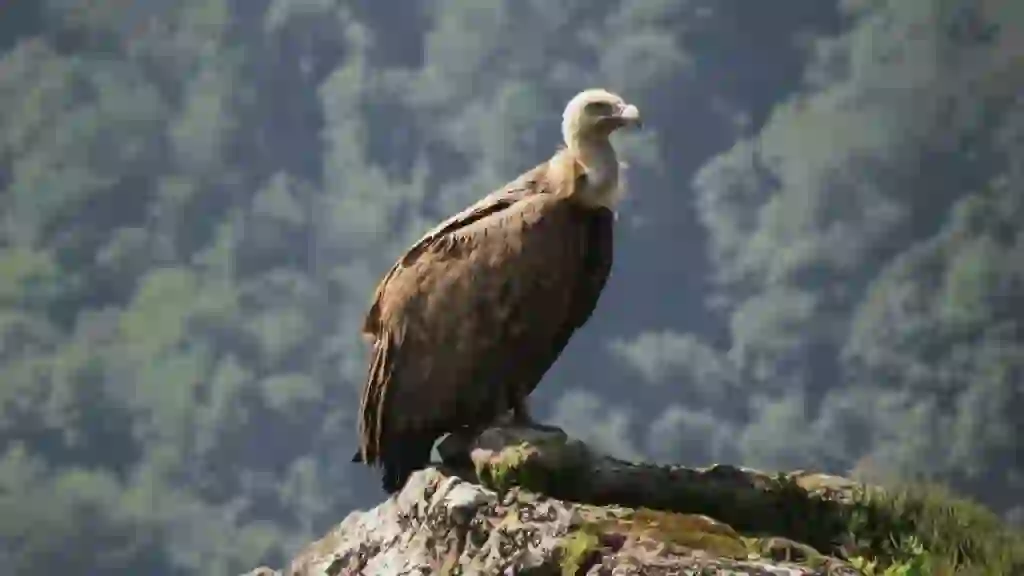
出典:https://unsplash.com/photos/jDX3xCBCKB8
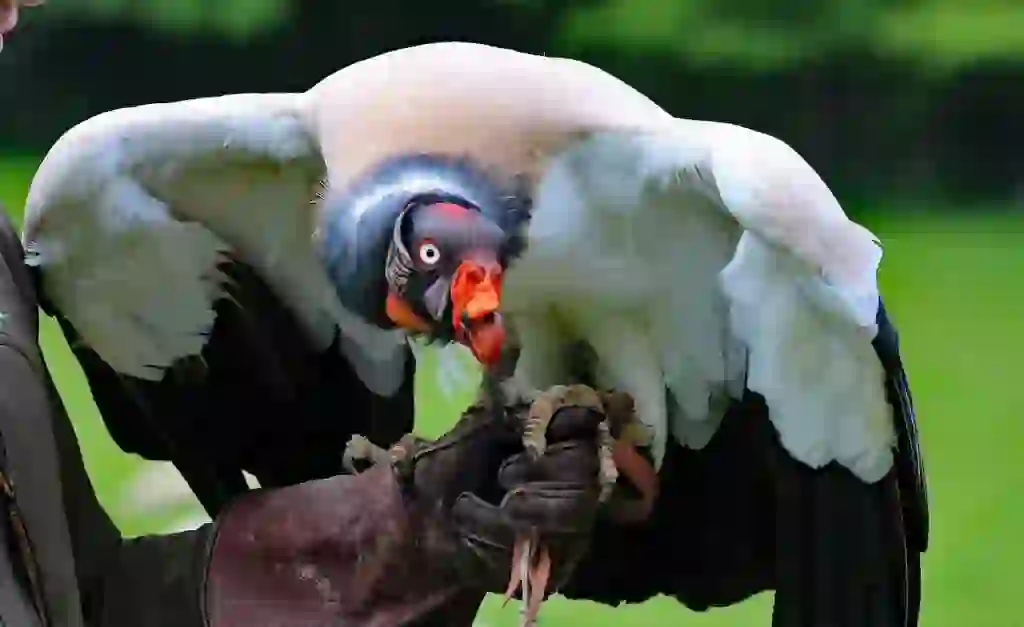
出典:https://pixabay.com/images/id-1682982/
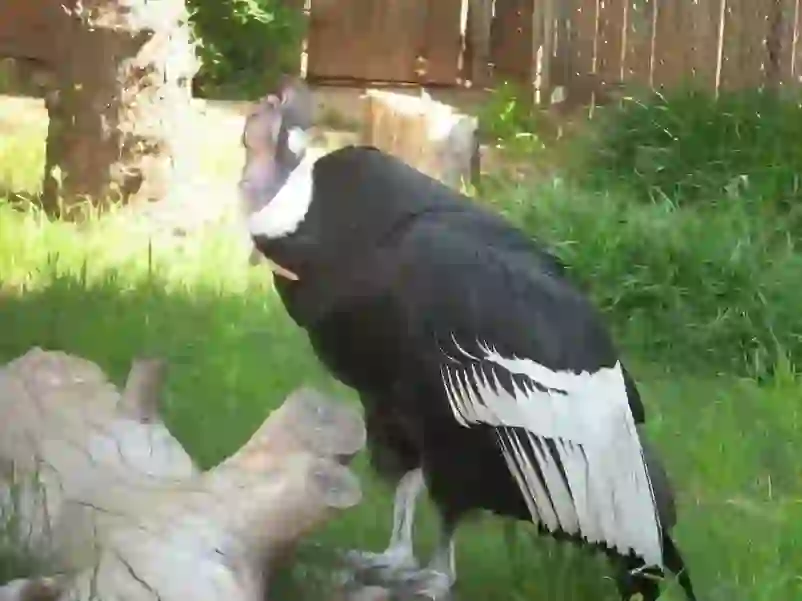
出典:https://commons.wikimedia.org/wiki/File:AndeanCondorOKCZoo.JPG
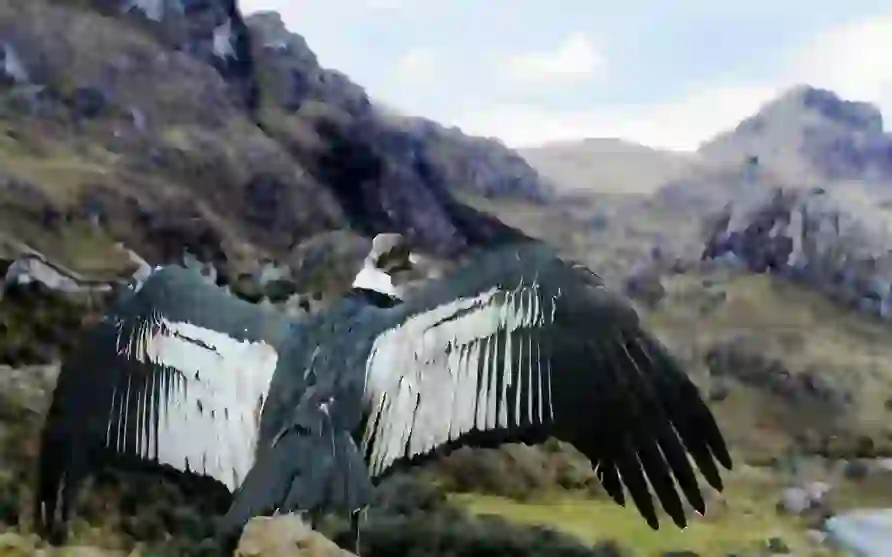
出典:https://commons.wikimedia.org/wiki/File:Condor_en_Cajas.jpg

Help Enrich Our Animalbook.jp with Your Media!
We are constantly looking to expand and enrich our Animalbook.jp with amazing photos and videos of animals. If you have any media that you'd like to share, please contribute and help us showcase the beauty and diversity of the animal kingdom. Your submissions will be credited and featured in our encyclopedia, reaching a wide audience of animal lovers.



















